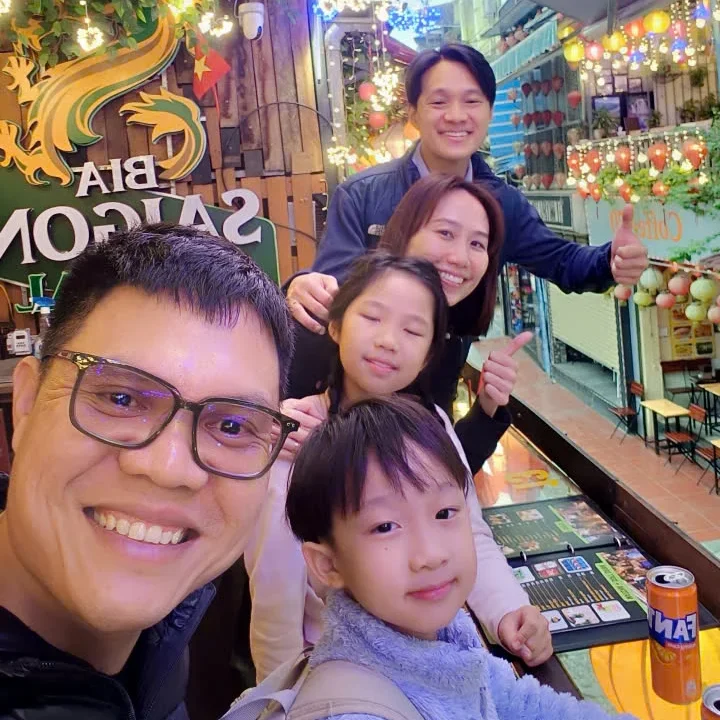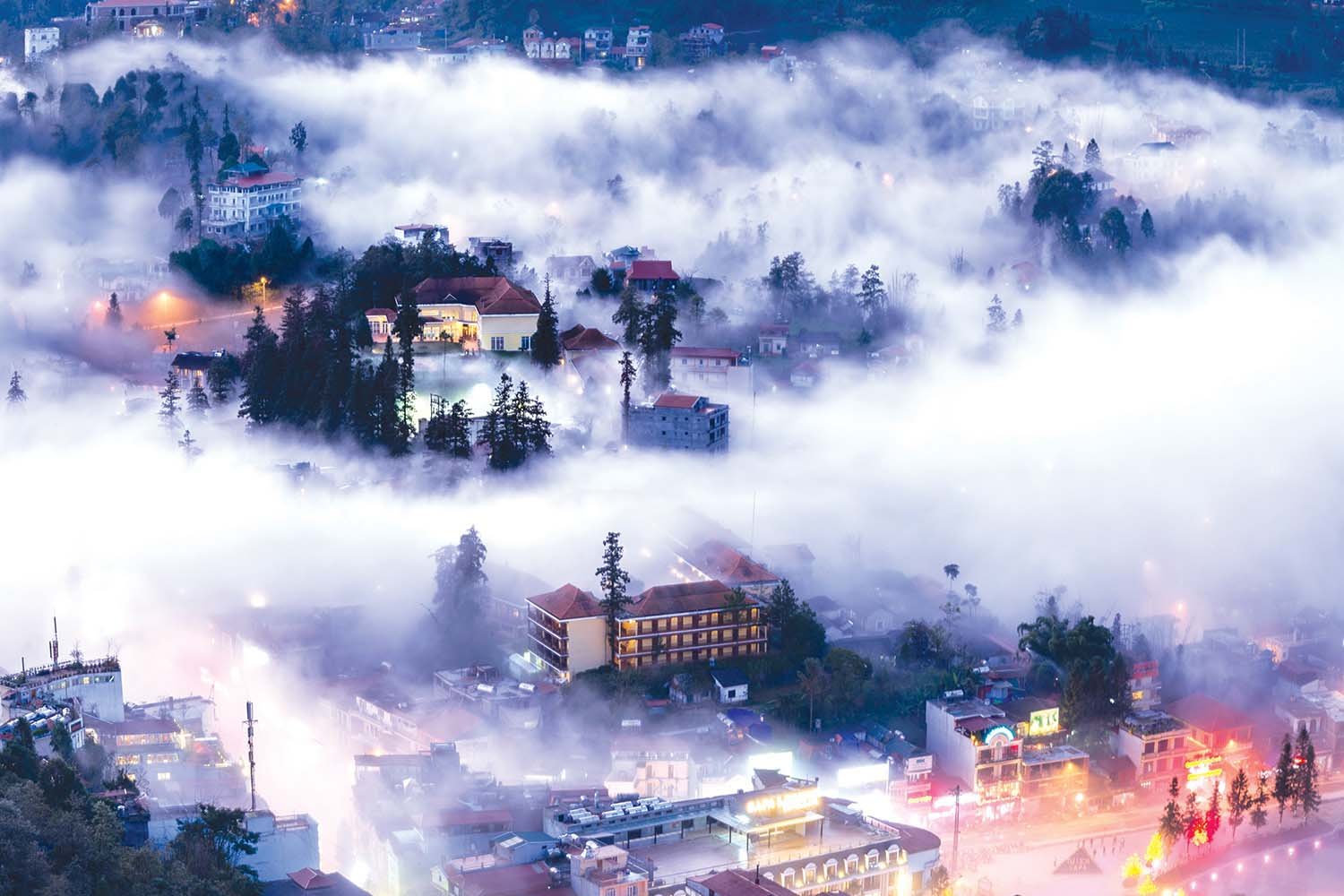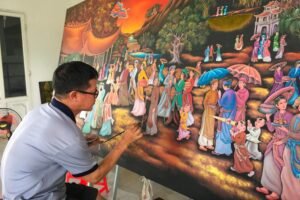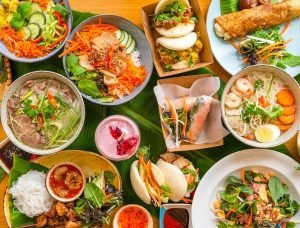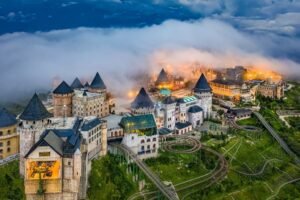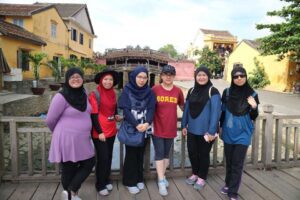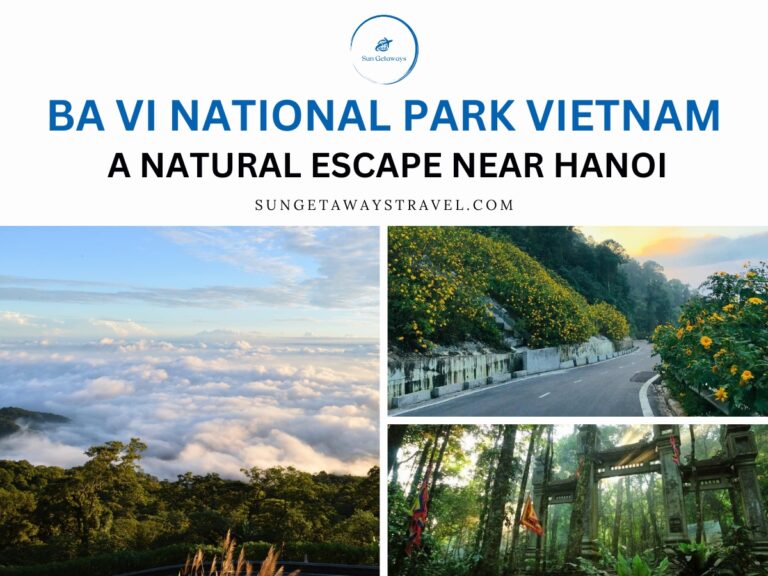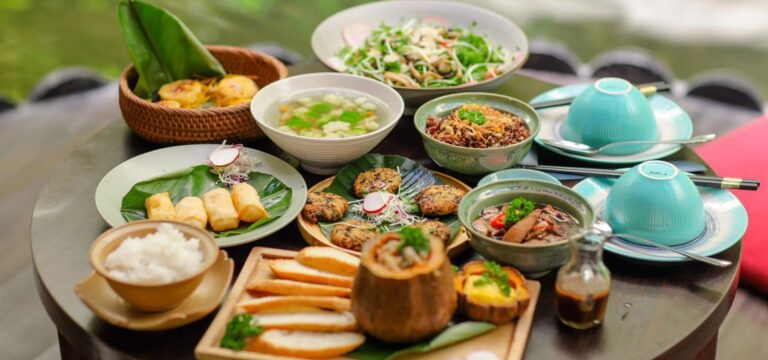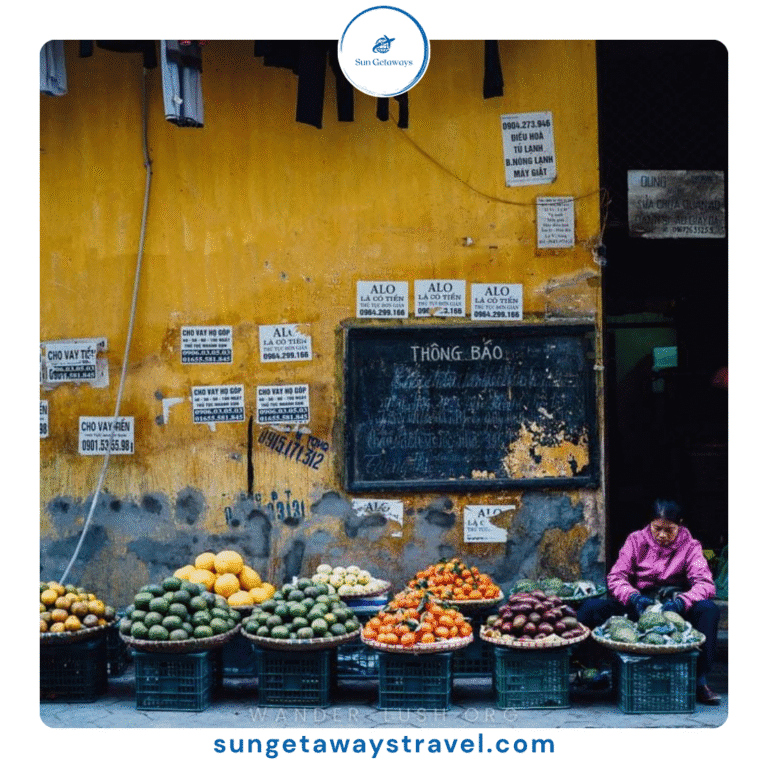Tombs in Hue: A Journey Through Vietnam’s Imperial Legacy
 PhamDuong
PhamDuong The tombs in Hue are more than just burial sites—they are architectural masterpieces and cultural time capsules. Built by emperors of the Nguyen Dynasty, these monuments reflect Vietnam’s imperial grandeur, spiritual beliefs, and artistic evolution. Whether you’re a history enthusiast or a curious traveler, exploring the tombs in Hue offers a rare glimpse into the soul of Vietnam’s last dynasty.
Introduction – Why Hue’s Tombs Matter?
Nestled along the banks of the Perfume River, Hue was once the imperial capital of Vietnam. From 1802 to 1945, it served as the political and cultural heart of the Nguyen Dynasty, the country’s last ruling monarchy. Today, Hue remains a city of quiet dignity, where moss-covered walls and lotus-filled ponds whisper stories of the emperor’s past.


Among its most iconic landmarks are the Hue royal tombs – monuments that blend architecture, philosophy, and personal legacy. These tombs are not merely places of rest; they are reflections of each emperor’s worldview, aspirations, and artistic taste. Visiting the Nguyen Dynasty tombs is like stepping into a living museum, where stone and silence speak volumes.
Their imperial tombs in Vietnam are unique in Hue. Nowhere else in the country can you find such a concentration of imperial mausoleums, each with its own layout, symbolism, and atmosphere. They are part of the Complex of Hue Monuments, recognized by UNESCO as a World Heritage Site, and they continue to attract scholars, architects, and travelers from around the world.
The Nguyen Dynasty Tombs – A Legacy in Stone
The Nguyen Dynasty ruled Vietnam for 143 years, with thirteen emperors in total. Of these, seven commissioned elaborate tombs in Hue, each designed during their lifetime and constructed with meticulous care. These tombs were not only burial sites but also spiritual retreats, ceremonial spaces, and expressions of imperial identity.
The decision to build such tombs stemmed from both political and spiritual motivations. In Vietnamese culture, especially under Confucian influence, preparing one’s resting place was seen as a moral duty and an affirmation of the eternal link between the emperor and his subjects. Site selection followed strict geomantic principles, favoring locations with mountains behind and rivers in front – “tọa sơn hướng thủy” – to ensure prosperity for descendants and balance between heaven and earth.
Each tomb reflects the personality and priorities of the emperor it honors. Some favored Confucian symmetry and solemnity, while others embraced poetic landscapes or European influences. Together, they form a mosaic of styles and philosophies that span generations.
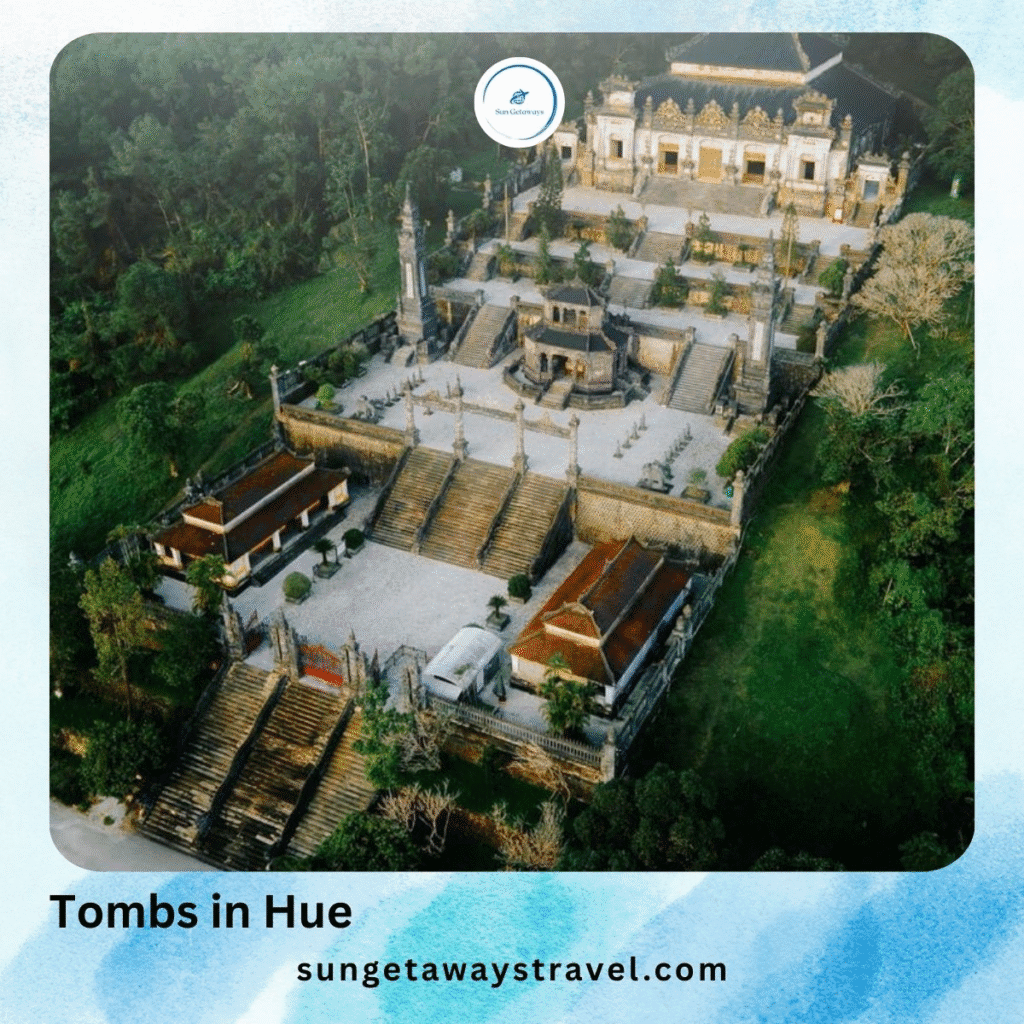

The Seven Major Tombs
- Gia Long Tomb – The first imperial tomb, located on Mount Thien Tho, harmonizing with nature.
- Minh Mang Tomb – A masterpiece of Confucian symmetry and order.
- Thieu Tri Tomb – Modest yet elegant, reflecting frugality and simplicity.
- Tu Duc Tomb – A poetic retreat surrounded by lakes and gardens.
- Duc Duc Tomb – Built hurriedly, smaller but still symbolic of imperial respect.
- Dong Khanh Tomb – Transitional in style, linking tradition and modernity.
- Khai Dinh Tomb – A dramatic fusion of Vietnamese and European architecture.
These tombs vary in size, complexity, and preservation, but all share a reverence for nature, symbolism, and legacy. They are often set in serene locations—on hillsides, near rivers, or surrounded by pine forests – chosen carefully to reflect harmony between the cosmos and the emperor’s eternal rest.
Explore: Exploring Hue Royal Tombs: A Glimpse into Dynastic Vietnam
Must – Visit Tombs in Hue
While all seven tombs are worth exploring, three stand out for their historical significance and visitor experience.
Khai Dinh Tomb
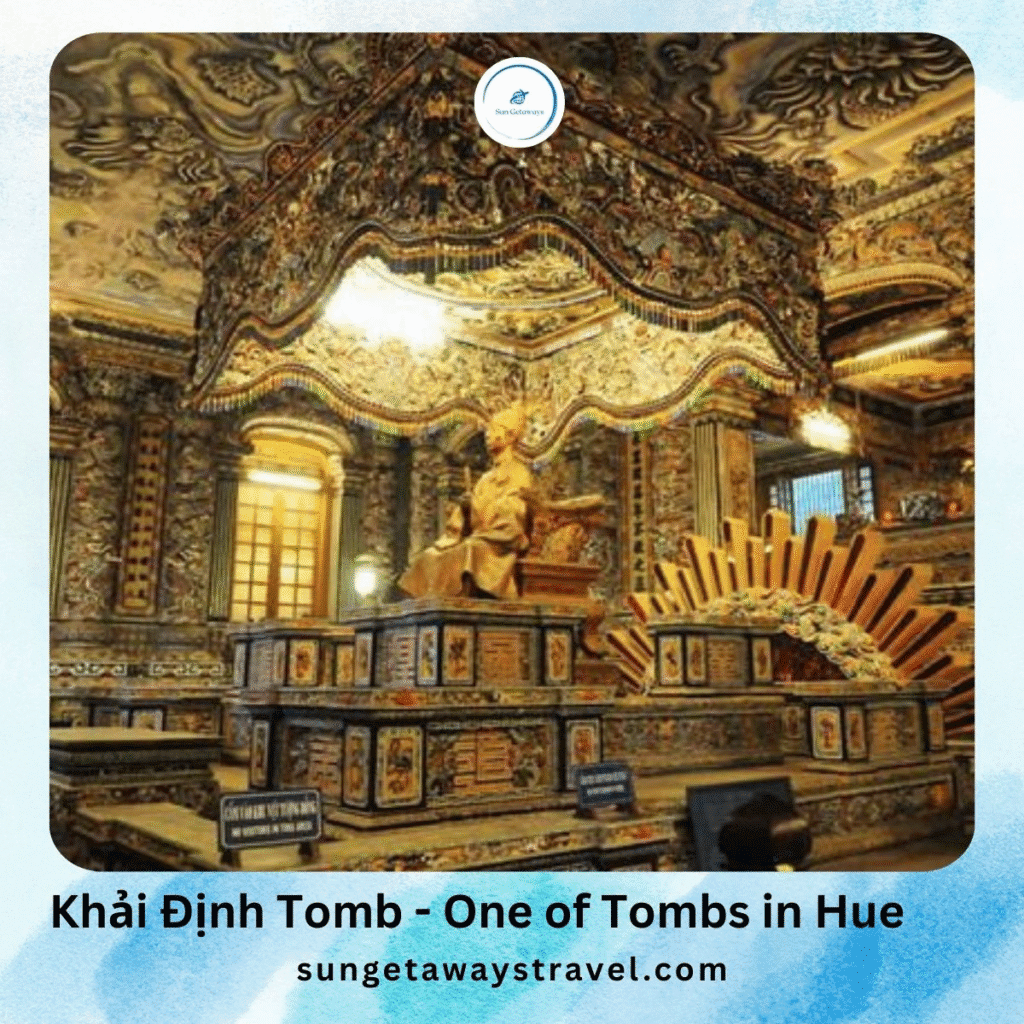

Located on Chau Chu Mountain, about 10 kilometers from Hue’s center, Khai Dinh’s tomb is a dramatic departure from tradition. Its steep staircases, dark stone façade, and ornate interior make it one of the most photographed sites in Hue. The Thien Dinh Palace, at the heart of the tomb, dazzles with glass and porcelain mosaics, depicting dragons, clouds, and imperial imagery.
Minh Mang Tomb
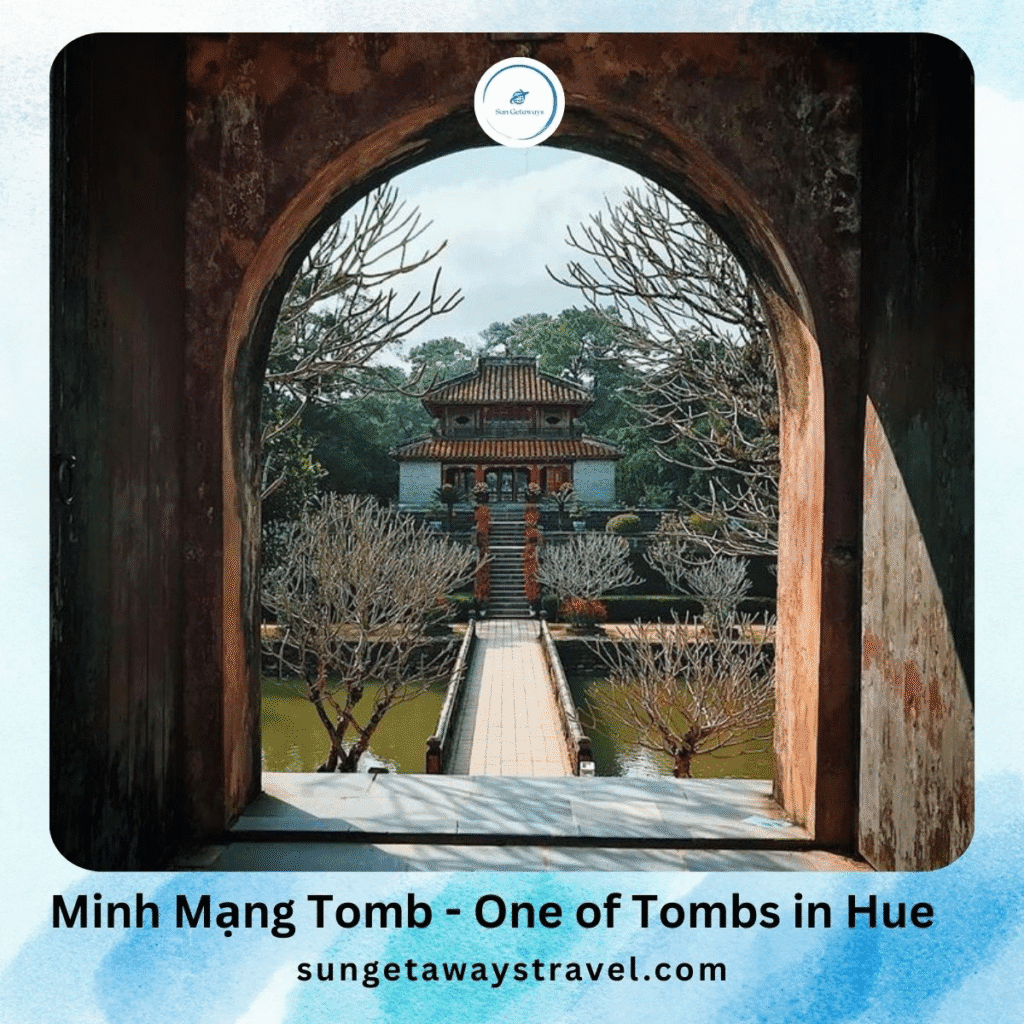

Set near the Perfume River, Minh Mang’s tomb is a masterpiece of Confucian design. As one of the most iconic Imperial tombs in Vietnam, its layout is perfectly symmetrical, with a central axis leading through gates, courtyards, and temples. The surrounding pine forest and lotus ponds add serenity, making it a favorite for those seeking quiet reflection.
Tu Duc Tomb – Tomb in Hue
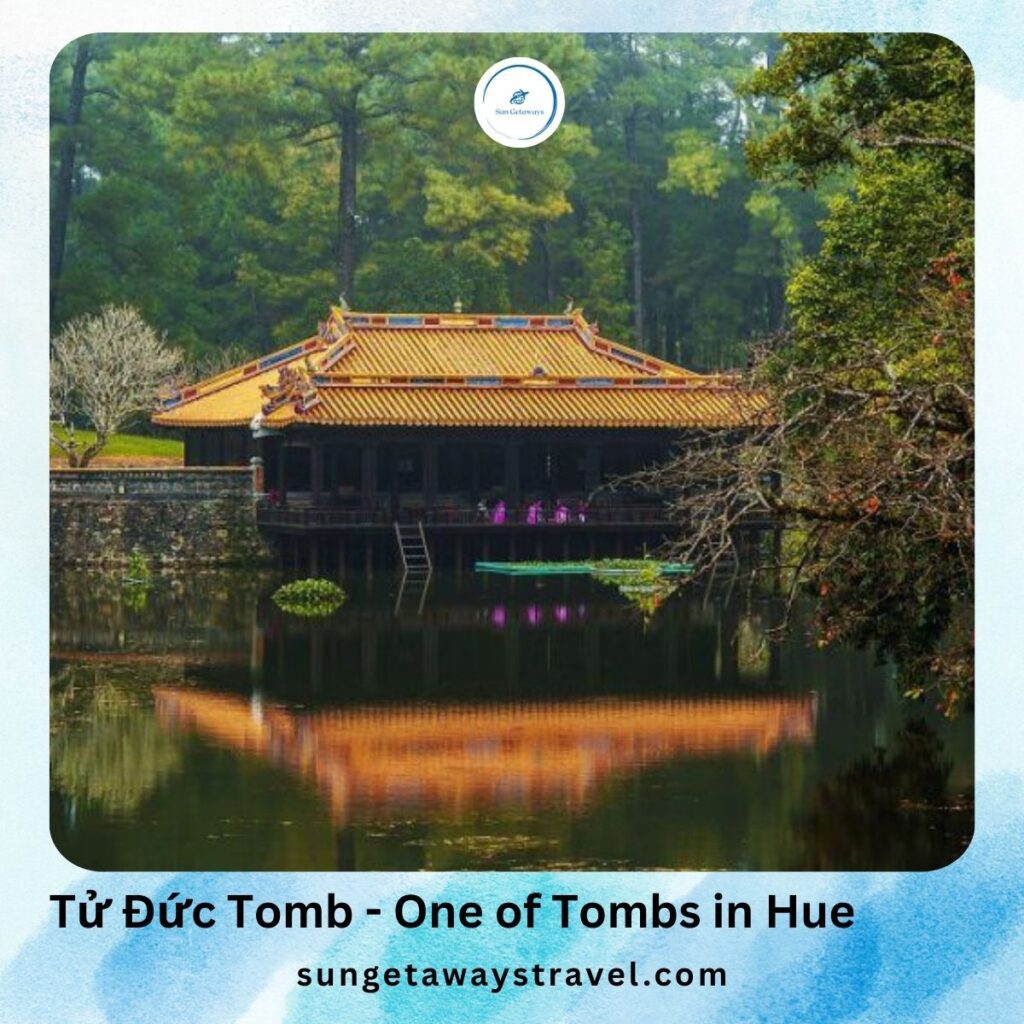

Built during the emperor’s lifetime, Tu Duc’s tomb is more of a royal retreat than a mausoleum. It includes a lake, an island, a small theater, and numerous pavilions. Tu Duc, known for his poetic soul and delicate health, designed the complex as a place to live, write, and meditate. The tomb itself is modest, but the surrounding landscape enchants every visitor.
Step into the legacy of emperors and the poetry of stone. Let the moss-covered walls, tranquil lakes, and timeless artistry of Hue’s imperial tombs guide your journey into Vietnam’s soul. If you’re ready to explore history not just with your eyes, but with your heart — book your Hue cultural tour today or chat with us for quick support.
Life and Rituals Around the Tombs
Though centuries old, the Imperial tombs in Vietnam are not frozen relics. Local people still visit to pay respects, burn incense, and participate in ceremonies honoring the emperors. On certain anniversaries, offerings of food, flowers, and symbolic items are made, keeping traditions alive.
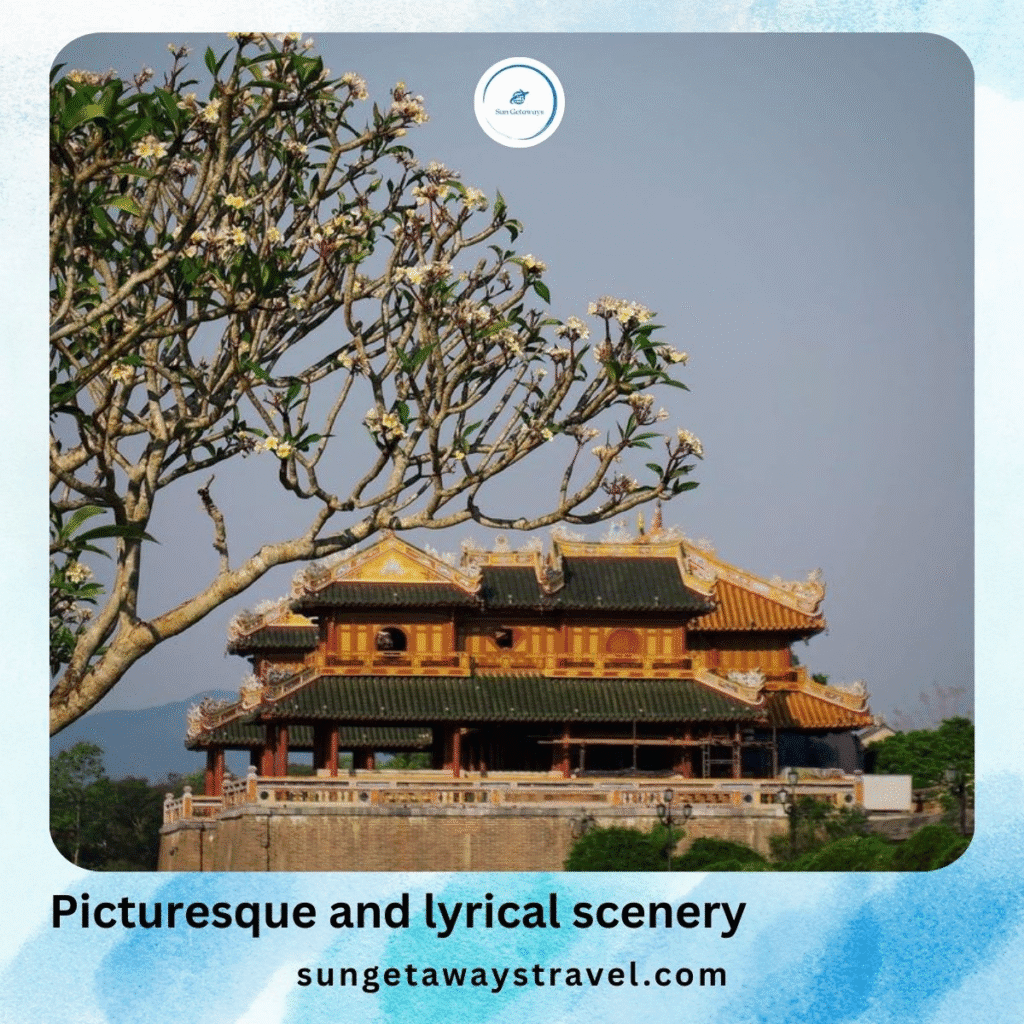

Artists, poets, and musicians also draw inspiration from these sites. The tranquil lakes of Tu Duc’s tomb, for instance, have inspired countless verses, while Khai Dinh’s elaborate mosaics fascinate art students studying fusion design. The Hue royal tombs thus serve not only as historical monuments but also as living sources of cultural creativity.
Each of the Nguyen Dynasty tombs carries its own artistic identity, blending Confucian ideals with Vietnamese aesthetics and even European influences, making them a rich source of inspiration for modern creatives.
Preservation and Challenges
Maintaining the Nguyen Dynasty tombs is an ongoing challenge. Central Vietnam’s tropical climate – marked by heavy rains, floods, and storms – accelerates deterioration. Moss and vegetation invade stone structures, while humidity erodes murals and woodwork.
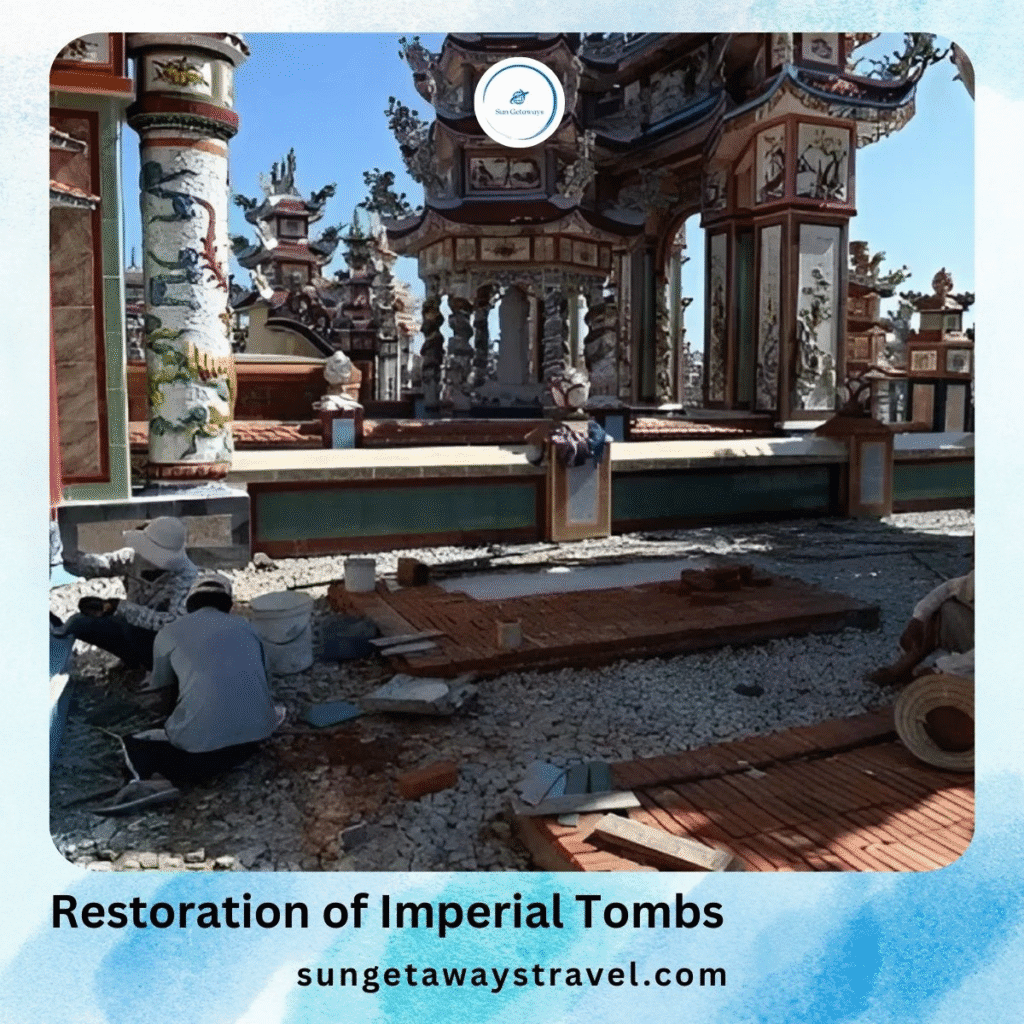

UNESCO and local authorities have launched preservation programs, including careful restoration of damaged mosaics and stabilization of foundations. However, balancing tourism with conservation remains delicate. Millions of visitors bring both economic support and physical strain to these fragile monuments.
The future of the Hue royal tombs depends on sustainable tourism, adequate funding, and continued respect for their cultural value. Protecting the Imperial tombs in Vietnam means preserving not just architecture, but the soul of a dynasty and the legacy of a nation.
Cultural Insights – Tombs as Reflections of Imperial Life
Each tomb in Hue is more than a monument – it’s a mirror of the emperor’s soul. The layout, materials, and inscriptions reveal personal philosophies, political ideals, and spiritual beliefs.
- Minh Mang: Devoted to Confucianism and centralized governance. His tomb’s symmetry reflects his moral vision.
- Tu Duc: A poet-emperor, torn between power and solitude. His tomb mirrors his longing for retreat and self-reflection.
- Khai Dinh: A ruler of the colonial era, fascinated with European art. His tomb reveals Vietnam’s transitional identity during early 20th century modernity.
In Vietnamese culture, ancestor worship is central. Tombs are not just for the dead – they are places for the living to honor, remember, and connect. Visiting these sites becomes a cultural dialogue, bridging past and present.
How to Visit the Tombs – Tips for Travelers
Exploring the tombs in Hue requires planning and stamina, as most lie scattered outside the city center.
- Best seasons: Spring (Feb–Apr) and autumn (Sep–Nov) offer mild weather and lush scenery. Summer brings heat and humidity, while winter can be rainy.
- Transportation: Options include motorbike rentals, bicycles, taxis, or guided tours. A popular choice is combining a riverboat trip along the Perfume River with visits to tombs near its banks.
- Suggested itinerary:
- Day 1: Visit Minh Mang, Tu Duc, and Khai Dinh.
- Day 2: Explore Gia Long, Thieu Tri, Dong Khanh, and Duc Duc, possibly combined with pagodas like Thien Mu.
Journey through Vietnam from North to South — and let the charm of Hue’s imperial heritage captivate you. Explore the full itinerary here.
Quick Tips:
- Start early to avoid crowds and heat.
- Hire a guide for deeper historical context.
- Bring water, respectful clothing, and good shoes.
- Take time to absorb the atmosphere beyond photography.
Conclusion
The tombs in Hue are silent storytellers. They speak of emperors who ruled, dreamed, and prepared for eternity. More than mausoleums, they are works of art, philosophy, and devotion — bridging Vietnam’s imperial past with its cultural present.
To walk through these tombs is to walk through history, to feel the balance of power and poetry, and to witness how a nation remembers its rulers. For travelers seeking not just sights but meaning, Hue’s tombs offer a journey unlike any other. They are not simply places to see — they are places to feel, to reflect, and to connect with Vietnam’s timeless legacy.
If you’re looking to go beyond the guidebooks and explore Hue in a way that’s personal and meaningful, Sun Getaways Travel offers customized tours designed around your interests — whether you’re drawn to royal architecture, hidden corners, or stories rarely told.
FAQs – Tombs in Hue
How many tombs are there in Hue?
There are seven major royal tombs built for Nguyen emperors, though minor tombs of other royals and mandarins also exist.
Which tomb is the most unique?
Khai Dinh’s tomb stands out for its fusion of Vietnamese and European styles, making it architecturally distinct.
Can I visit all tombs in one day?
It’s possible but rushed. Two days allow for a deeper, more meaningful exploration.
Are the tombs part of UNESCO heritage?
Yes, they form part of the Complex of Hue Monuments, recognized as a UNESCO World Heritage Site in 1993.
Do I need a guide?
Not mandatory, but highly recommended if you want richer context on symbolism, rituals, and imperial history.
Ask a question
Leave a Comment (0)
No questions yet. Be the first to ask a question!

